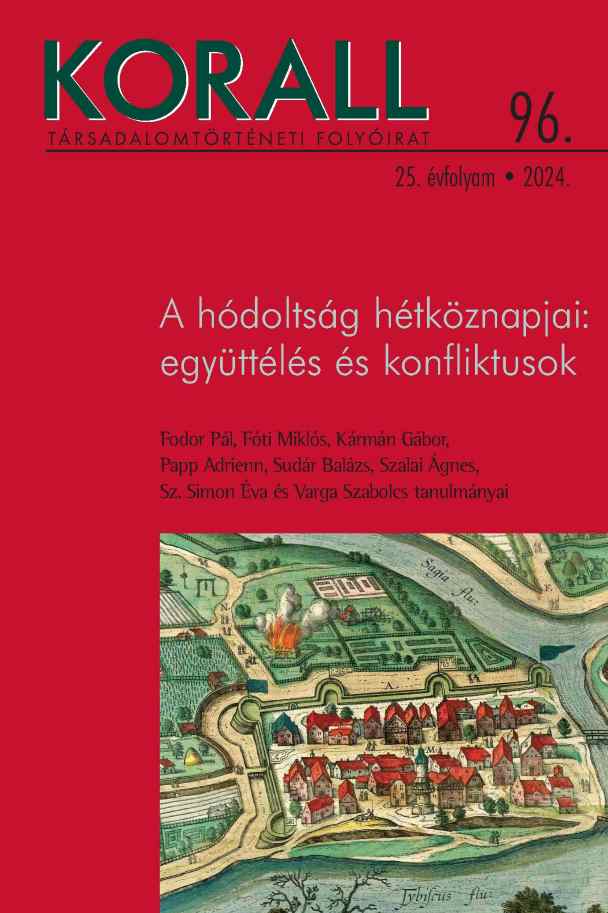Kászim kethüdá, a kormányzat embere
Kasim Kethüda, a Man of the Government
Author(s): Miklós Fóti, Éva Sz. SimonSubject(s): Social history, 16th Century
Published by: KORALL Társadalomtörténeti Egyesület
Keywords: Ottoman Hungary; Ottoman Empire; career paths; Ottoman administration
Summary/Abstract: Reconstructing the careers of mid-rank officials in the Ottoman Empire is one of the important objectives of Ottoman archontological research. It provides deeper insights into the activities of the provincial elite, which in turn contribute to our understanding how the imperial administration was managed in the occupied territories of Hungary. Such biographies also fill in the blanks of historiography that was not recorded by chroniclers. The protagonist of the present study was an Ottoman official whose eventful career has remained outside the works of historians and can only be reconstructed by tracing the data and the history of his estates in the defters. Starting his career in the occupied territory, Kasim voivode, kethüda, kapudan, and later, bey gained experience as a census officer and the head of several sancaks in the Balkans and the occupied territories. At the height of his career, in 1577, he was appointed to serve the empire as the defterdar of Buda during the financial overhaul of the Ottoman-controlled territories. He is credited with the plan to organize the peripheries of the empire into new sancaks, which brought about the almost imperceptible extension of the imperial borders during the period of peace following the Treaty of Edirne. His work was accompanied by factional infighting among the Ottoman power elite, and Kasim continued to play an important background role in breaking the hegemony of the Yahyas and then the Sokollus in Hungary. Throughout his life, Kasim moved between Albania, Central Anatolia, and the occupied territories in Hungary. The sources concerning his life are therefore very diverse. His activities have been preserved in his sancak censuses, in the tımārdefters and ruznamçe of various livas, in the central registers of appointment of sancakbeys, as well as in the mühimme defters and documents now held in the Turcica collection in Vienna.
Journal: Korall - Társadalomtörténeti folyóirat
- Issue Year: 2024
- Issue No: 96
- Page Range: 29-50
- Page Count: 22
- Language: Hungarian

